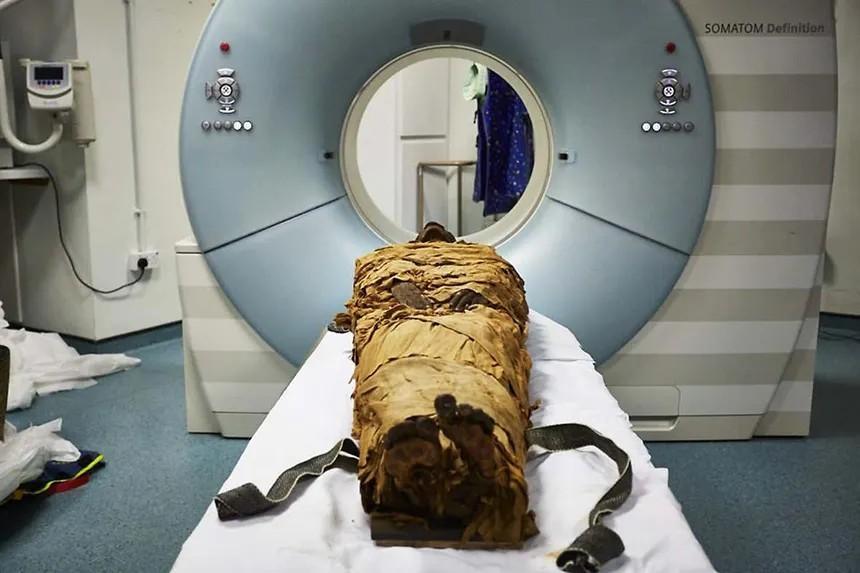
Ancient Egyptian Mummies Found to Have Pleasant Aromas
For centuries, the idea of ancient Egyptian mummies has been shrouded in mystery and often associated with a foul and pungent smell. However, a recent study published in the Journal of the American Chemical Society has turned this notion on its head, revealing that 5,000-year-old Egyptian mummies emit a surprisingly pleasant woody, spicy, and sweet scent. This groundbreaking discovery challenges the long-held myth of foul-smelling mummies and could potentially revolutionize museum exhibits by incorporating scent-based experiences.
The study, conducted by a team of researchers from the University of Florence and the National Research Council in Italy, analyzed the volatile organic compounds (VOCs) emitted by 14 ancient Egyptian mummies. The team used a combination of gas chromatography and mass spectrometry to identify the chemical compounds responsible for the aromas. The results were nothing short of astonishing – the mummies emitted a range of pleasant fragrances, including woody notes reminiscent of pine and cedar, spicy aromas similar to cinnamon and cloves, and sweet scents akin to vanilla and honey.
So, what could be responsible for this unexpected phenomenon? The researchers believe that the embalming materials used by the ancient Egyptians, such as pine and juniper resins, played a significant role in the development of these pleasant aromas. These resins, which were used to preserve the bodies and prevent decay, likely released fragrant compounds as they decomposed. The team also suggests that other factors, such as the mummies’ burial practices and the environmental conditions in which they were stored, may have contributed to the preservation of these aromatic compounds.
The discovery of pleasant aromas emanating from ancient Egyptian mummies is not only fascinating but also has significant implications for the field of archaeology and museum studies. For decades, museums have relied on visual and auditory exhibits to engage visitors, but the addition of scent-based experiences could provide a new and innovative way to connect with the past. Imagine walking through an exhibit on ancient Egyptian mummies and being enveloped in the sweet, woody aroma of a 5,000-year-old pharaoh. The sensory experience would be unforgettable, and it’s likely that visitors would leave the exhibit with a deeper appreciation for the history and culture of ancient Egypt.
The study’s findings also highlight the importance of considering the sensory experiences of ancient cultures. For too long, we have focused on the visual and material aspects of ancient civilizations, neglecting the role of scent and other sensory stimuli in their daily lives. This new research encourages us to think more holistically about the ways in which ancient cultures experienced and interacted with their environment.
In addition to its implications for museum exhibits and archaeology, this study has broader relevance to our understanding of the human experience. The discovery of pleasant aromas emanating from ancient Egyptian mummies challenges our assumptions about the nature of decay and death. Rather than being associated with unpleasant odors, death is revealed to be a complex and multifaceted experience that can evoke a range of emotions and sensations.
As we continue to learn more about the ancient Egyptian mummies and their mysterious aromas, we are reminded of the importance of respecting and honoring the past. The discovery of pleasant scents emanating from these 5,000-year-old bodies is a powerful reminder of the beauty and complexity of human existence. It is a testament to the ingenuity and creativity of ancient cultures, and a challenge to our own assumptions about the nature of history and culture.
Source: https://breezyscroll.com/world/ancient-egyptian-mummies-found-to-have-surprisingly-pleasant-scents/






